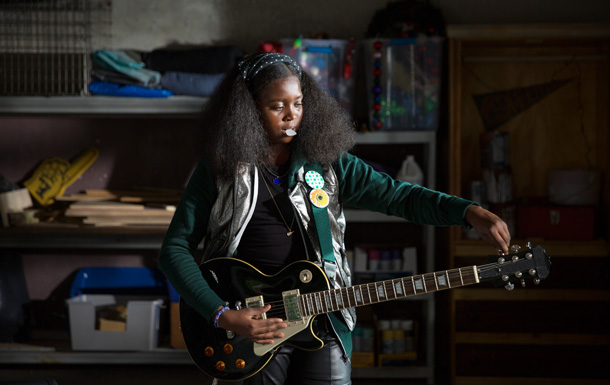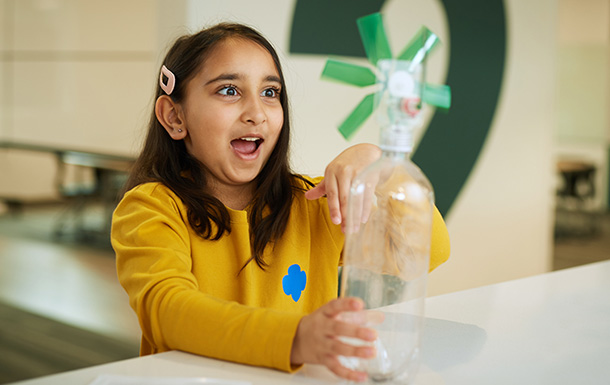Have more fun learning, doing, and growing
Explore events, activities, and opportunities available near you
More than you ever imagined. They earn badges that will teach them about the different mediums an artist can work with, or how to advocate for changes to make their community better. They go on outdoor adventures, learn to sail, and give rock climbing a go. They form friendships that last a lifetime. And they do all this while making the world a brighter place.

Find Events
Want to learn a specific skill or try a new outdoor activity? Find your next adventure at an upcoming local Girl Scout event.
SEARCH NOW
Activity Zone
Get a taste of Girl Scouting before you join or explore something new at home as a current member.
GET STARTED

